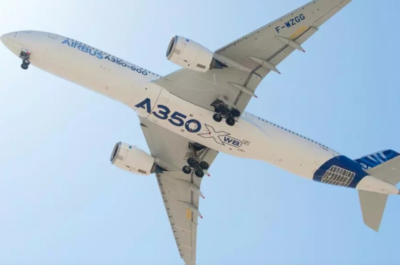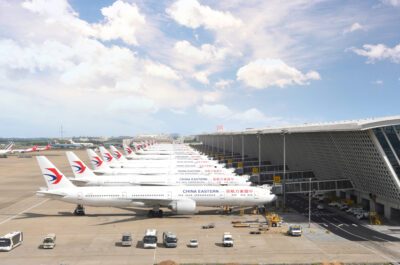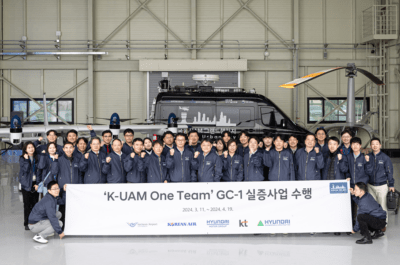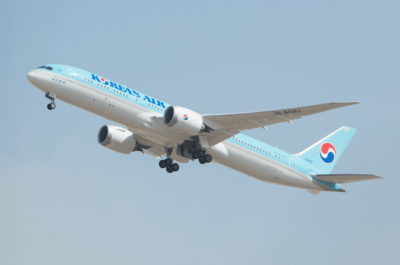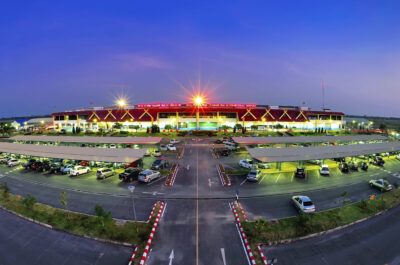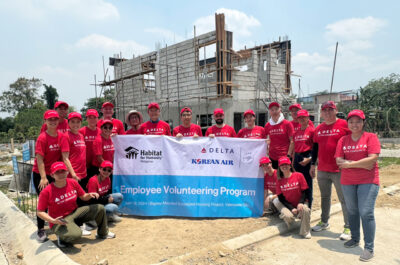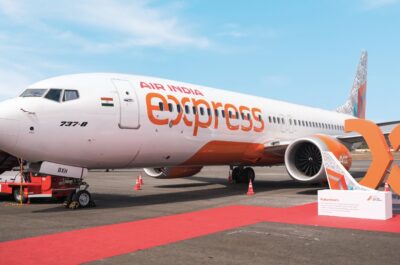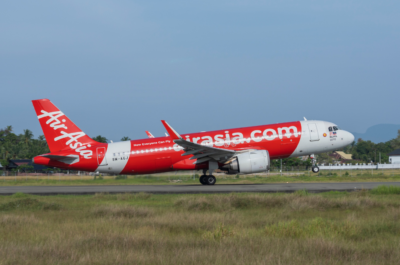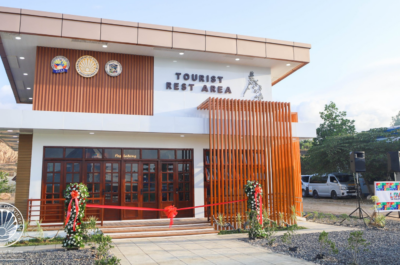The Civil Aviation Authority of China (CAAC), Air China, Boeing and Naverus have successfully demonstrated new navigation procedures…
The Civil Aviation Authority of China (CAAC), Air China, Boeing and Naverus have successfully demonstrated new navigation procedures at Lhasa, Tibet, that will enable Air China to operate its Boeing 757 at Lhasa Airport with greatly enhanced operational efficiency and improved safety margins.
Boeing and Naverus, an industry-leading provider of satellite-based navigation procedures, are working with CAAC and Air China on a pilot project to develop, demonstrate and implement Required Navigation Performance (RNP) operations for Air China 757-200 flights to Lhasa. These operations take advantage of Boeing airplane performance, onboard multiple-sensor Flight Management Systems (FMS), and satellite navigation technology, allowing crews to fly complex approach and departure flight profiles without reference to ground-based navigation aids. The FMS ensures aircraft safely follow required flight profiles by continuously comparing aircraft position to defined RNP lateral and vertical containment boundaries and alerting flight crews to any deviations on their aircraft displays.
RNP flight procedures allow airlines to operate with significantly lower weather minimums at airports such as Lhasa that are situated in mountainous terrain. Such operations demand flight profiles that are not possible with traditional ground-based navigation aides. RNP procedures at Lhasa should significantly reduce flight turnbacks, delays and cancellations while enhancing flight safety. In two flight demonstrations on April 18 and 20 at Lhasa, Air China technical pilots conducted RNP approach and departures using the procedures developed by the Boeing and Naverus team. The crew proved the effectiveness of the RNP procedure for Lhasa operations, and demonstrated the 757-200`s capability to perform with the required accuracy and containment. The successful test flights of RNP procedures in Lhasa airport will speed up the adoption of this state-of-the-art technology in China, said CAAC Vice Minister Wang Changshun. It has significant implications for constructing and develop ing airports in difficult terrains in western China and can help open up new flight routes for busy hubs in eastern China.
RNP/RNAV can be another successful partnership between Boeing and China, said Boeing Flight Services Vice President Ray Marzullo. We are committed to helping our Chinese partners operate at the highest levels of safety and efficiency. This project can go a long way to advance those goals.
Air China has been safely flying to Lhasa airport for 40 years. Its strong relationship with Boeing dates back to the 1970s when it first initiated operations with 707 aircraft. The success of RNP flight at Lhasa demonstrated Boeing`s continuous commitment to its customer. We are pleased by Boeing and the performance of its airplanes, said Captain Chen Yi Ru, Vice President of Flight Operations for Air China.
Air China`s participation and support for this project was crucial said Marzullo. Their contribution to understanding how procedures in Lhasa should work was invaluable. Marzullo added: The improved airline operations that are enabled by RNP have the potential to significantly benefit the economic development of China`s Western Region and to improve air traffic system capacity in Eastern China as well.
Vicky is the co-founder of TravelDailyNews Media Network where she is the Editor-in Chief. She is also responsible for the daily operation and the financial policy. She holds a Bachelor's degree in Tourism Business Administration from the Technical University of Athens and a Master in Business Administration (MBA) from the University of Wales. She has many years of both academic and industrial experience within the travel industry. She has written/edited numerous articles in various tourism magazines.

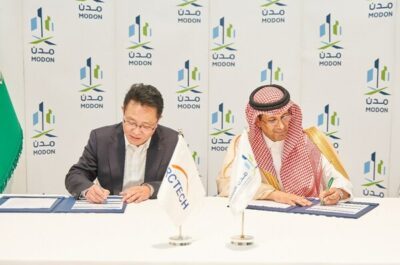




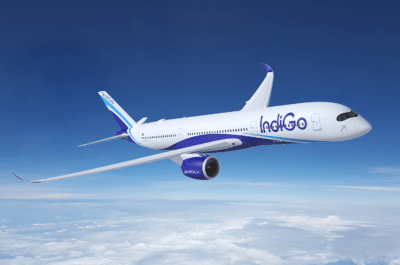












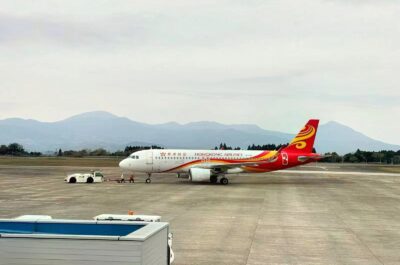




![[PR] PR_Ascott and Vimut Hospital_2024](https://www.traveldailynews.asia/wp-content/uploads/2024/04/PR-PR_Ascott-and-Vimut-Hospital_2024-400x265.jpg)




